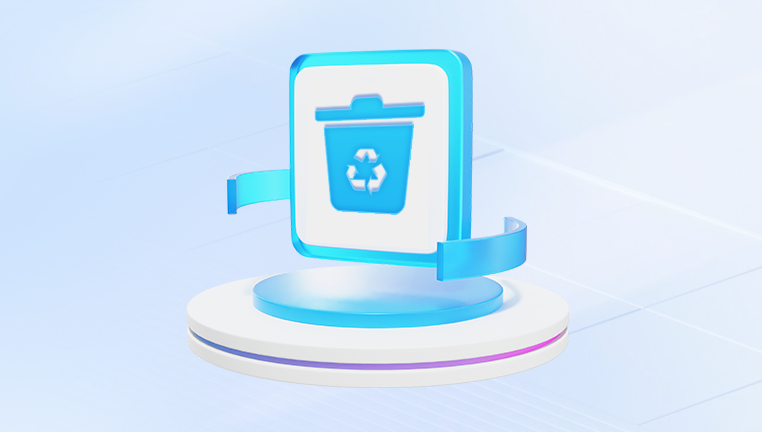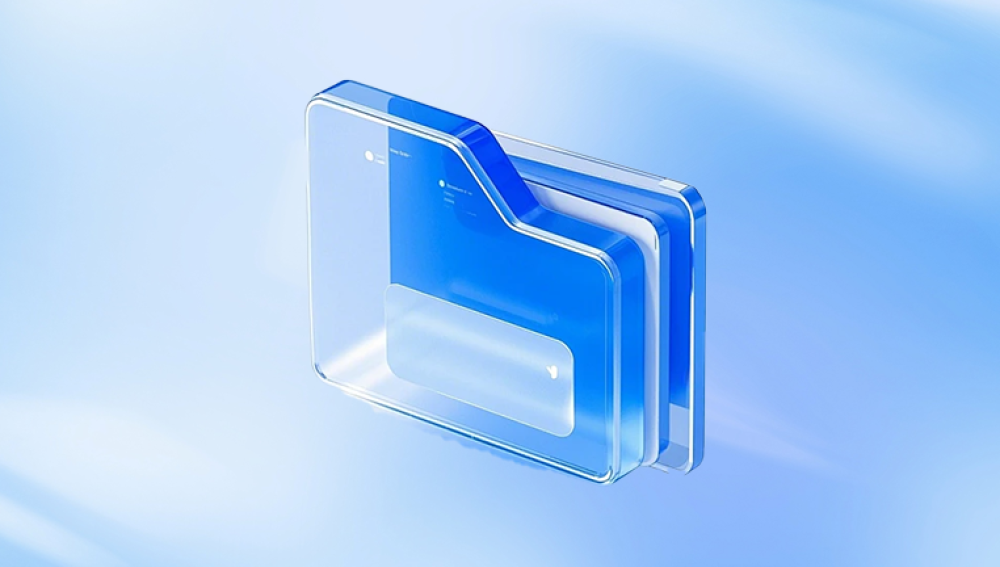The Recycle Bin on Windows computers acts as a safety net, temporarily storing files and folders you delete, so you can easily restore them if you change your mind. However, files sometimes disappear from the Recycle Bin unexpectedly, or users empty the bin without realizing some files are still needed. Recovering deleted files from the Recycle Bin or after it’s been emptied is a common challenge, but there are effective methods to restore your data.
The Recycle Bin is a special folder in Windows designed to hold deleted files and folders temporarily. When you delete a file, it isn’t immediately removed from your hard drive; instead, it moves to the Recycle Bin where it remains until you decide to empty it or the bin reaches its storage limit.
Key Points about the Recycle Bin:
Each drive has its own hidden $Recycle.Bin folder that stores deleted files.
Files in the Recycle Bin keep their original names and locations for easy restoration.
The Recycle Bin has a size limit (usually 5-10% of the drive); older files are removed if the limit is exceeded.

Files deleted using Shift + Delete bypass the Recycle Bin and are permanently deleted.
Emptying the Recycle Bin deletes all stored files permanently from the bin.
How to Restore Files from the Recycle Bin
If your deleted files are still in the Recycle Bin, restoring them is straightforward:
Open the Recycle Bin:
Double-click the Recycle Bin icon on your desktop or search for it in the Start menu.
Locate Your Files:
Browse or use the search box to find the files or folders you want to recover.
Select the Files:
Click once to select a file or hold Ctrl to select multiple files.
Restore Files:
Right-click the selected files and choose Restore, or click Restore the selected items from the Recycle Bin toolbar.
The files will be restored to their original locations with their original file names.
What Happens When You Empty the Recycle Bin?
When you empty the Recycle Bin, Windows removes the file entries from the file system index, making the storage space they occupied available for new data. The actual file data remains on the disk until overwritten by new data. This means the files are not immediately erased but become invisible to the operating system.
How to Recover Files After Emptying the Recycle Bin
Once the Recycle Bin is emptied, recovering deleted files requires specialized methods:
1. Stop Using the Drive Immediately
The first and most important step is to stop using the drive from which files were deleted. Continuing to write data can overwrite the deleted files, making recovery impossible.
2. Check for Backups
Before using recovery software, check if you have:
Windows File History: If enabled, you can restore files from previous versions.
System Restore Points: Sometimes files can be recovered via system restore.
Cloud Backups: Files may have been synced to OneDrive, Google Drive, Dropbox, or other cloud services.
3. Restore Using Windows File History
If you enabled File History:
Right-click the folder where the deleted file was located.
Select Restore previous versions.
Browse available backups and select the file version to restore.
Step 4: Use Data Recovery Software
Drecov Data Recovery
Accidentally emptied your Recycle Bin and lost important files? Don’t worry Drecov Data Recovery offers a powerful and easy-to-use solution to help you restore permanently deleted files, even after the Recycle Bin has been cleared. Whether you lost documents, photos, videos, or other files, Drecov Data Recovery can scan your system and retrieve what you thought was gone for good.
When you delete files on a Windows computer, they’re typically moved to the Recycle Bin. However, if you empty the bin or use Shift + Delete, those files are no longer accessible through the standard interface. While they may seem permanently deleted, the data still exists on your drive until it’s overwritten. That’s where Drecov Data Recovery comes in.
To get started, download and install Drecov Data Recovery on your computer (preferably on a different drive than where your deleted files were located). Launch the program and select the drive where the files originally existed. Choose a Deep Scan for the best results, especially if the Recycle Bin has been emptied.
After scanning, Drecov Data Recovery displays a list of recoverable files. You can preview and select the files you want to restore, then save them to a safe location. The intuitive interface makes the process simple, even for beginners.
Step 5: Troubleshoot Common Recycle Bin Issues
Sometimes, files may seem missing from the Recycle Bin due to:
Corrupted Recycle Bin: The bin itself may be damaged.
Hidden or system files: Certain files may be hidden by default.
Recycle Bin size limits: Files may be deleted automatically if the bin is full.
File deletion via command line or Shift+Delete: These files bypass the Recycle Bin.
Fixing a Corrupted Recycle Bin
Open Command Prompt as Administrator and run:
bash
CopyEdit
rd /s /q C:\$Recycle.bin
Replace C: with the drive letter of the corrupted bin. This command deletes the Recycle Bin folder and Windows recreates it automatically.
Step 6: Prevent Future Data Loss
Enable Windows File History: Automatically back up your files.
Use Cloud Storage: Sync important files with services like OneDrive or Google Drive.
Regularly backup data: Use external drives or NAS devices.
Be cautious when deleting: Double-check files before emptying the Recycle Bin.
Avoid using Shift + Delete unless you want permanent deletion.
Retrieving deleted files from the Recycle Bin is usually straightforward if the files are still there. Even after emptying the bin, recovery is possible with prompt action and the right tools. Remember to stop using the affected drive immediately, explore backups, and use trusted recovery software. With patience and care, most deleted files can be recovered successfully.
To protect your data in the future, maintain regular backups and use system features like File History and cloud syncing. This way, even accidental deletion won’t cause permanent data loss.




